Improving Artificial Lighting Using Scattering
Vì Kronberg defended their PhD thesis at the Department of Mathematics and Computer Science on February 9th.
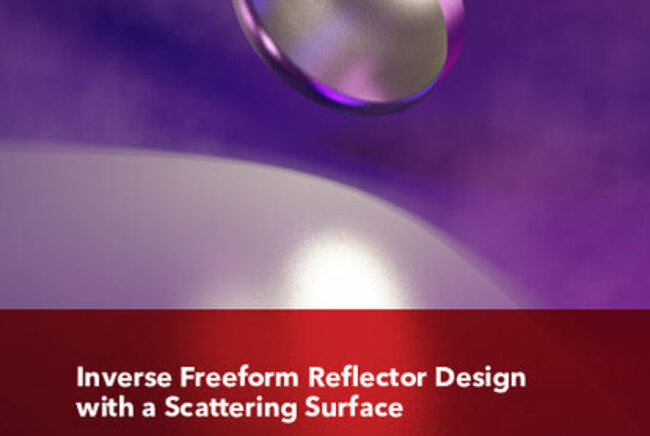
Artificial light can be found everywhere, from the lighting in our homes to the headlights in our cars. It's likely that you're using a smartphone or computer to read this text, both of which rely on light. But have you ever wondered how these artificial lights are designed? The PhD research of Vì Kronberg provides an important step toward giving the optical designer more control over artificial light created by technology.
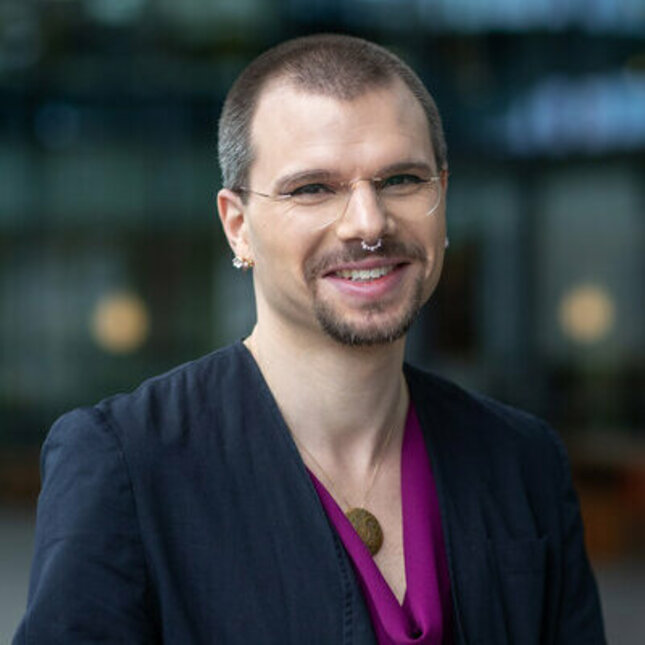
Most modern lights used for illumination are based on light-emitting diodes (LEDs). These lights are highly efficient at converting electricity to light. However, LEDs are tiny and highly directional, leading to undesirable glare and discomfort if the light is not shaped and directed correctly. You may have experienced this when driving at night due to glare from the headlights of oncoming cars, for instance.
One common way to reduce glare and improve comfort is to use scattering elements in the design. These scattering elements spread the light from the source, thus reducing sharp glare. A flat diffuser is often used, but this places some limitations on the designs that can be realized.
Current methods to incorporate scattering elements in the design of lighting fixtures are based on a relatively slow iterative process that requires an experienced optical designer to achieve satisfactory results. And to become an experienced optical designer can take around two years of training.
As part of their PhD research, Vì Kronberg sought to speed up and simplify this design process such that the optical designer could consider a larger number of design iterations within a given, short time frame, enabling the creation of novel designs in a more efficient and rapid manner.
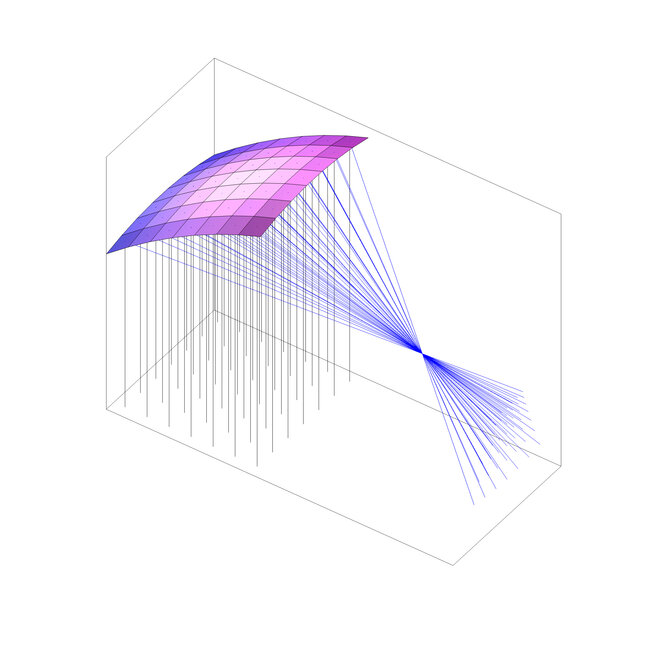
Questions on outgoing light
The current iterative method is used, despite being slow, because scattering is well understood in the forward sense. In essence, this process seeks to answer the question: “If this light is falling on a surface with certain properties, what is the exact nature of the outgoing light?” In optical design, it is frequently more desirable to answer the inverse of this question, which is “If this is the incoming light, this is the desired outgoing light, and these are the properties of the surface, what should the shape of the surface be?”
Make a simple model
The first step toward answering the inverse question is to form a suitable model of light and its interaction with the surface of interest. The simplest model of light is that it travels in straight lines, called rays, which continue on a straight path until interacting with an obstacle. Depending on what the rays hit, they will either travel through the material at an angle (such as through a glass of water) or be reflected (such as from a mirror).
In their PhD research, Kronberg focused on reflectors, which are curved mirrors that use light’s ability to reflect in a way that is determined by the shape of the mirror and redirect the light. “Suppose the mirror that you want to use is scratched. Or perhaps you bought a vintage one at a second-hand shop, and the surface is no longer flat. You may notice that the reflection is not so sharp or even distorted. This is due to surface scattering, and this is the light we would like to manage,” says Kronberg.
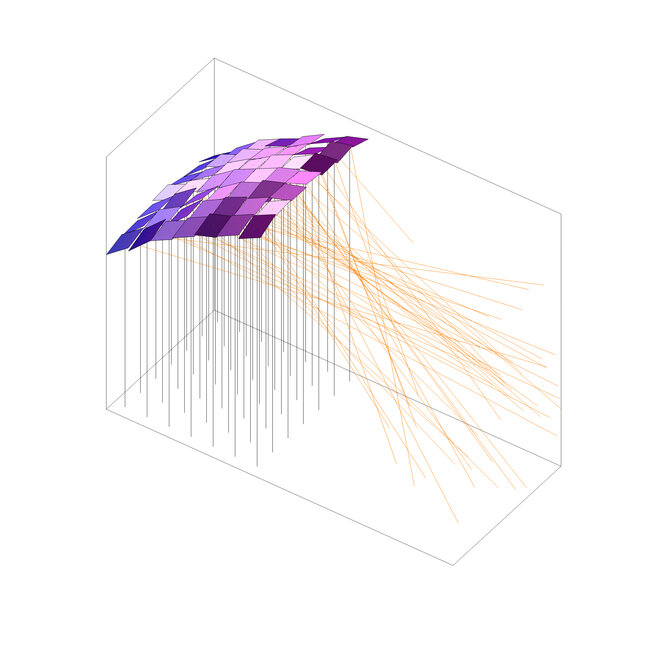
Managing scattered light
So, light scattering occurs, at least in part, due to the surface being scratched, and roughness is the technical term used to describe the degree of scratching on the mirror. For example, consider the difference between a piece of very rough 80-grit sandpaper and a piece of very fine 800-grit sandpaper. “It’s quite easy to tell which one of these surfaces is rougher and which one is smoother,” says Kronberg.
To model the roughness of the reflector, Kronberg used microfacets. These can be conceptualized as small mirrors on a perfectly smooth surface (see the figure). By describing the size and orientation of these mirrors, the roughness of the surface may be altered. By starting from these fundamental models, Kronberg eventually reached a mathematical expression for the outgoing light that depends on the light source and the properties of the microfacets.
Using existing mathematical techniques from the literature, the inverse question can then be answered via Kronberg’s model. This allows surface scattering to be directly included in the optical design process without slow iterations.
Title of PhD thesis: Inverse freeform reflector design with a scattering surface.
Supervisors: prof.dr.ir. Wilbert IJzerman, dr.ir. Jan ten Thije Boonkkamp, dr.ir. Martijn Anthonissen
Media contact
More on Health


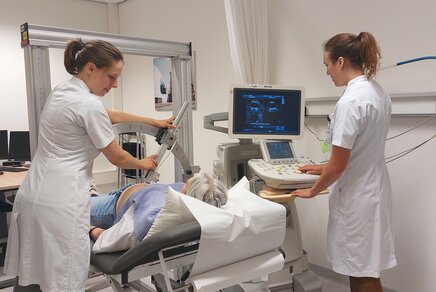
Latest news
![[Translate to English:] [Translate to English:]](https://assets.w3.tue.nl/w/fileadmin/_processed_/9/4/csm_predatory_fe539af8af.jpg)


![[Translate to English:] [Translate to English:]](https://assets.w3.tue.nl/w/fileadmin/_processed_/e/0/csm_BvOF%202019_1031_BHF%20license%20TUe%20ILI%20copy_b6b93f2ef4.jpg)

